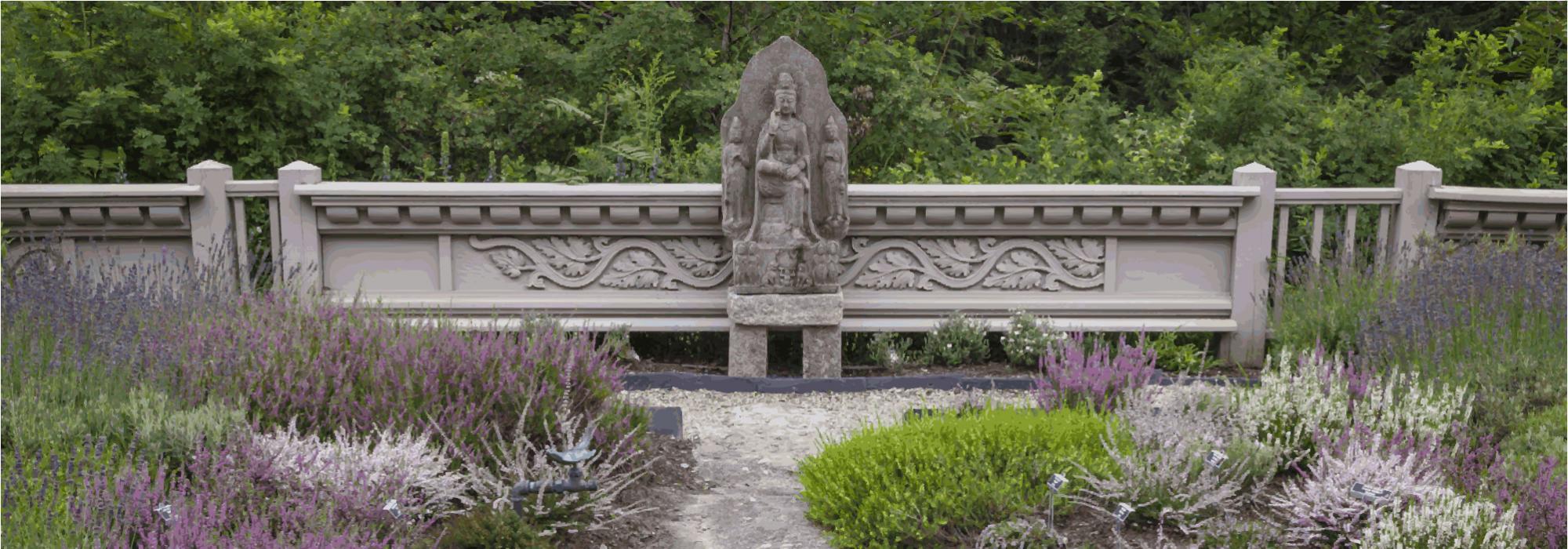It Takes One: Judith Tankard
I was born in New York City and am an art and architectural historian by training. Growing up in Forest Hills Gardens, an ideal garden suburb in Queens designed by Frederick Law Olmsted, Jr. and Grosvenor Atterbury, may have sparked a slumbering awareness of landscape architecture.
My husband proposed to me in Central Park (where I had often played hooky while in high school), and our first date was a lecture by Olmsted scholar Al Fein, again in Central Park. After careers in book publishing and design, I belatedly discovered gardens when I visited Sissinghurst, Munstead Wood, and other iconic British gardens in the early 1980s. An avid reader, I had been devouring books by Vita Sackville-West and other garden writers and decided it was time to see some of these magical places. This experience was a revelation, because everything I was interested in clicked into place: art, color, design, literature, photography, and history. My enlightenment coincided with the emergence of landscape history as a recognized academic discipline, so I found myself instantly swept up by it all. I initially focused on Gertrude Jekyll and subsequently won a grant from the National Endowment for the Arts to catalog her photo-albums at the University of California at Berkeley. This exercise grew out of an exhibition with landscape architect Michael Van Valkenburgh based on Jekyll's photographs and was followed by books on Jekyll and the Arts and Crafts era. Writing about Ellen Shipman, Beatrix Farrand, Rose Nichols, and other legendary American designers who came under Jekyll’s influence brought me head-on with issues of preservation. For the past 20 years, I have taught at the Landscape Institute at Harvard University and lectured nationwide on garden history and preservation. I also edited The Journal of the New England Garden History Society for 10 years and currently serve as a consultant for The Garden Conservancy and other preservation organizations.
How would you define a cultural landscape?
A cultural landscape is a garden, estate, park, campus, or other designed entity that ranks in national significance with architecture, sculpture, and other works of art. Many of these landscapes are associated with a prominent designer, aesthetic, or an irreplaceable geographic setting.
Why did you get involved in the landscape that was threatened in your community?
My involvement with threatened landscapes was sparked by my familiarity with Shipman’s gardens. While writing my book on her, I was aghast to discover that only a handful of the 600 gardens she designed survived in any recognizable form. Some, such as Rose Terrace in Grosse Pointe, Michigan, had recently been destroyed by the wrecking ball, while other surviving gardens had been insensitively altered due to ignorance or re-use. When Longue Vue House and Gardens, one of Shipman’s key remaining projects, was severely damaged by Hurricane Katrina in 2005, I began to understand the fragility of cultural landscapes. As a board member of the Beatrix Farrand Society, I have been helping transform Garland Farm (Farrand’s last residence) into the landscape educational center that she once envisioned.
How did your understanding of this landscape change as a result of your advocacy efforts?
As a scholar and educator, I try to help people understand the significance of landscapes as works of art, while towing the line between historic recreation and modern-day adaptive re-use. In the case of Longue Vue, I helped spread the word of its devastation and encouraged people to contribute to its renewal. In other cases of threatened landscapes, I provide documentation on the property’s significance and write about them in the national press.
Did the understanding of others change as well? If so, how?
Because of the increased exposure of historic landscapes through books, newspaper articles, conferences, and the work of organizations such as The Cultural Landscape Foundation, the public has become much more aware of the diversity of cultural landscapes and the importance of preservation.
What is the message that you would like to give our readers that may inspire them to make a difference?
I would encourage people to work on both the local and national levels in raising the public’s consciousness about the importance of saving cultural landscapes and the irresponsibility of losses of irreplaceable landscapes due to ignorance, bureaucracy, and greed. Knowledge is the key to understanding preservation.







